Risks of Rhinoplasty in South Korea: A Comprehensive Guide
.png)
Rhinoplasty, commonly known as a "nose job," is one of the most popular cosmetic procedures worldwide, and South Korea has established itself as a leading destination for this intricate surgery. Known for its highly skilled plastic surgeons, cutting-edge technology, and an artistic approach to facial harmony, South Korea attracts thousands of international patients seeking to refine their nasal appearance. However, like any surgical procedure, rhinoplasty in South Korea carries inherent risks. While the country boasts an impressive safety record and high success rates, understanding these potential complications is crucial for anyone considering the surgery. This comprehensive guide will delve into the various risks associated with rhinoplasty, specifically in the South Korean context, to help you make an informed and safe decision.
What are the general risks associated with any rhinoplasty procedure?
Regardless of where rhinoplasty is performed, certain risks are common to any surgical intervention. It's important to be aware of these fundamental possibilities:
- Bleeding: Some light bleeding is normal after surgery, but excessive or prolonged bleeding can be a complication.
- Infection: Though rare due to sterile environments and prophylactic antibiotics, any surgery carries a risk of bacterial infection at the incision sites.
- Adverse Reaction to Anesthesia: While modern anesthesia is very safe, some individuals can experience nausea, vomiting, or, in very rare cases, more severe allergic reactions.
- Numbness: Temporary or, in rare cases, permanent numbness in or around the nose can occur due to nerve irritation or damage.
- Swelling and Bruising: These are expected side effects and can be significant, especially around the eyes. They gradually subside over weeks to months.
- Pain or Discomfort: Managed with prescribed medication, some level of discomfort is normal during the initial recovery.
- Breathing Difficulties: Post-surgical swelling can temporarily obstruct nasal passages. In rare cases, structural changes might lead to persistent breathing issues.
- Asymmetry or Irregularities: Despite the surgeon's best efforts, minor asymmetries or irregularities can sometimes occur, which may require minor adjustments or revision surgery.
- Scarring: While incisions are typically hidden (closed rhinoplasty) or strategically placed (open rhinoplasty), the risk of visible scarring, though low, exists.
South Korean clinics are well-equipped to manage these general risks, with experienced medical teams and advanced facilities. Pre-operative assessments are thorough to identify any predisposed conditions that might increase these risks.
Are there specific risks associated with rhinoplasty for Asian noses in South Korea?
Asian rhinoplasty frequently differs from Western rhinoplasty, often focusing on augmentation (e.g., building up the nasal bridge or defining the tip) rather than reduction. This involves the use of materials like silicone implants, Gore-Tex, or autologous cartilage (from the septum, ear, or rib). These materials introduce their own set of potential risks:
- Implant-Related Complications:
- Displacement: The implant can shift from its intended position.
- Infection: A foreign body, like an implant, can become a site for infection, which might necessitate removal.
- Extrusion: In rare cases, an implant can gradually erode through the skin.
- Capsular Contracture: Excessive scar tissue can form around the implant, causing hardening or distortion.
- Autologous Cartilage Grafts: While generally well-tolerated, even natural grafts carry risks:
- Warping: Especially with rib cartilage, the graft can bend or twist over time, altering the nasal shape.
- Resorption: The body might partially or completely reabsorb the grafted cartilage.
- Donor Site Issues: If cartilage is harvested from the ear or rib, there's a small risk of pain, scarring, or complications (like pneumothorax for rib harvest).
- Thicker Skin and Swelling: Asian skin often tends to be thicker and has more sebaceous glands. This can lead to more prolonged and significant swelling after rhinoplasty, delaying the final results.
South Korean surgeons are highly experienced in Asian rhinoplasty techniques and are adept at minimizing these risks through careful surgical planning, precise techniques, and appropriate material selection. They often combine implants with autologous tissue to achieve natural and lasting results while reducing complication rates.
What is the risk of "ghost surgery" in South Korea, and how can it be avoided?
One of the most alarming risks associated with cosmetic surgery in South Korea, particularly for international patients, is the phenomenon of "ghost surgery." This refers to a deceptive practice where the surgeon whom the patient consulted and agreed upon does not perform the actual operation. Instead, an unlicensed, less experienced, or even unqualified "substitute" surgeon carries out the procedure. This practice is illegal and extremely dangerous, as it compromises patient safety and ethical standards.
To avoid "ghost surgery," prospective patients must be vigilant:
- Verify the Surgeon's Identity: Insist on meeting the surgeon multiple times before the procedure. Confirm their identity in the operating room.
- Check Credentials: Ensure the surgeon is board-certified in plastic surgery (e.g., by the Korean Society of Plastic and Reconstructive Surgeons) and has extensive experience specifically in rhinoplasty. Ask for their medical license number and verify it.
- Choose Reputable Clinics: Opt for well-established clinics with a long history and positive reviews, especially from international patients. Look for clinics with international accreditations like JCI (Joint Commission International) or KAHF (Korean Accreditation Program for Hospitals Serving Foreign Patients).
- Clear Communication: Ensure all communication is direct with the surgeon or an authorized, reliable translator provided by the clinic, not just a consultant.
- Avoid Unrealistic Discounts: Be wary of unusually low prices or deals that seem too good to be true, as they might be a red flag.
- Review CCTV Policies: Some clinics offer CCTV monitoring in operating rooms, allowing patients to confirm who is performing their surgery. Inquire about this possibility.
While Korean authorities are working to crack down on this practice, patient awareness and proactive verification remain the best defense.
What is the risk of requiring revision rhinoplasty in South Korea?
Even with the most skilled surgeons, a small percentage of patients may require revision rhinoplasty. This can be due to:
- Aesthetic Dissatisfaction: The initial results may not meet the patient's expectations, or minor imperfections might become apparent after swelling subsides.
- Functional Issues: Breathing problems that persist or develop after the initial surgery.
- Healing Complications: Unpredictable healing, excessive scar tissue formation, or subtle shifts in grafted material can alter the desired outcome.
Revision rhinoplasty is often more complex than primary surgery because it involves working with altered anatomy and scar tissue. South Korea has a reputation for excellent revision rhinoplasty specialists, precisely because of the volume of primary surgeries performed and the expertise developed over time. Many clinics offer discounted revision rates for their returning patients. It's typically recommended to wait at least 9-12 months after the initial surgery before considering a revision to allow all swelling to fully subside and final results to stabilize.
What are the post-operative risks and side effects to expect after rhinoplasty in South Korea?
The immediate post-operative period is crucial for healing. While not strictly "risks," these are normal side effects that patients should be prepared for:
- Significant Swelling and Bruising: This is the most noticeable effect. The swelling will be most pronounced in the first 72 hours and will gradually decrease over weeks, though subtle swelling can persist for up to a year, particularly in the nasal tip. Bruising around the eyes typically resolves within 1-3 weeks.
- Nasal Congestion: Due to internal swelling and possibly splints or packing, breathing through the nose will be difficult initially. Saline sprays and keeping the head elevated can help.
- Temporary Numbness: The skin of the nose may feel numb for several weeks or months as nerves regenerate.
- Mild Pain/Discomfort: Managed with oral pain medication.
- Slight Bleeding/Drainage: Some oozing from the nostrils is normal for the first few days.
- Tightness: A feeling of tightness across the bridge or tip of the nose is common.
South Korean clinics excel in providing comprehensive post-operative care, including detailed instructions, medications, and advanced therapies like LED light therapy or lymphatic drainage massages to aid recovery and reduce swelling.
Can a rhinoplasty in South Korea affect my breathing long-term?
A well-performed rhinoplasty should ideally improve or maintain nasal breathing. However, there is a risk, albeit small, that the procedure could negatively impact breathing in the long term. This typically occurs if:
- Over-resection of Cartilage: Removing too much cartilage, especially from the nasal tip or nostrils, can weaken the nasal structure and lead to collapse of the nasal valves, restricting airflow.
- Scar Tissue Formation: Excessive scar tissue inside the nose can narrow the air passages.
- Deviated Septum: If a pre-existing deviated septum is not adequately addressed, or if one develops post-surgically, it can cause breathing issues.
South Korean plastic surgeons are trained to balance aesthetic goals with functional considerations. During the consultation, they will assess your nasal anatomy thoroughly, often using CT scans, to identify any pre-existing breathing issues and plan the surgery to prevent future complications. If you experience persistent breathing difficulties after your surgery, it's crucial to follow up with your surgeon.
What role does surgeon experience play in minimizing rhinoplasty risks in South Korea?
The expertise of your plastic surgeon is arguably the most critical factor in minimizing the risks and achieving a successful outcome in rhinoplasty. In South Korea, many surgeons specialize heavily in specific procedures like rhinoplasty, performing hundreds or even thousands of these operations. An experienced surgeon:
- Has Deeper Anatomical Knowledge: They understand the intricate structures of the nose and how they interact with surrounding facial features.
- Possesses Superior Surgical Skill: Precision is key in rhinoplasty, and experienced surgeons are more adept at subtle reshaping and grafting techniques.
- Can Anticipate and Avoid Complications: Their vast experience allows them to recognize potential problems before they arise and adjust their approach accordingly.
- Manages Complications Effectively: If a complication does occur, an experienced surgeon is better equipped to handle it promptly and effectively.
- Achieves Natural and Harmonious Results: Beyond avoiding risks, their artistic eye and technical skill contribute to a natural-looking nose that complements the rest of your face.
When selecting a clinic in South Korea, prioritize researching the individual surgeon's credentials, specialization, and before-and-after photos, paying attention to their experience with cases similar to yours.
How can I ensure safety and minimize risks when choosing a rhinoplasty clinic in South Korea?
Navigating the vast landscape of South Korean plastic surgery clinics requires diligence. To maximize safety and minimize risks:
- Research and Verify Surgeon Credentials:
- Ensure the surgeon is board-certified by the Korean Society of Plastic and Reconstructive Surgeons.
- Look for surgeons specializing in rhinoplasty and assess their experience (number of surgeries, years in practice).
- Request to see extensive before-and-after photos of previous patients with similar concerns.
- Choose an Accredited and Reputable Clinic:
- Look for clinics accredited by international bodies like JCI (Joint Commission International) or the Korean Accreditation Program for Hospitals Serving Foreign Patients (KAHF).
- Read independent reviews on platforms like Google Reviews, RealSelf, and dedicated medical tourism forums.
- Check the clinic's overall reputation and longevity.
- Ensure Transparent Communication:
- Communicate directly with the surgeon during consultations. If using a translator, ensure they are professional and accurate.
- Ask all your questions regarding the procedure, risks, recovery, and expected outcomes.
- Obtain a detailed breakdown of all costs to avoid hidden fees.
- Understand the Pre- and Post-Operative Care:
- Meticulously follow all instructions given by your surgeon before and after the surgery, including medication, activity restrictions, and wound care.
- Plan for adequate recovery time in South Korea (typically 7-10 days for initial follow-ups).
- Avoid Unrealistic Expectations:
- Be realistic about what rhinoplasty can achieve. A good surgeon will manage your expectations honestly.
- Focus on achieving a natural, harmonious result rather than aiming for a celebrity's nose.
- Consider Medical Tourism Facilitators: Reputable facilitators like PlacidWay can assist in finding vetted clinics and surgeons, arranging logistics, and providing support throughout your journey, adding an extra layer of safety.
For more detailed information on rhinoplasty options, clinics, and personalized consultations, we encourage you to explore PlacidWay. PlacidWay can help you connect with top-rated medical facilities in South Korea and other leading destinations, ensuring you find the best solution for your nasal refinement needs.
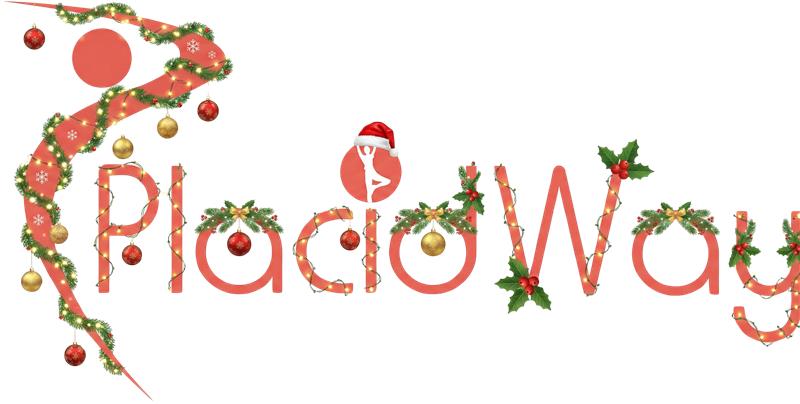

.png)
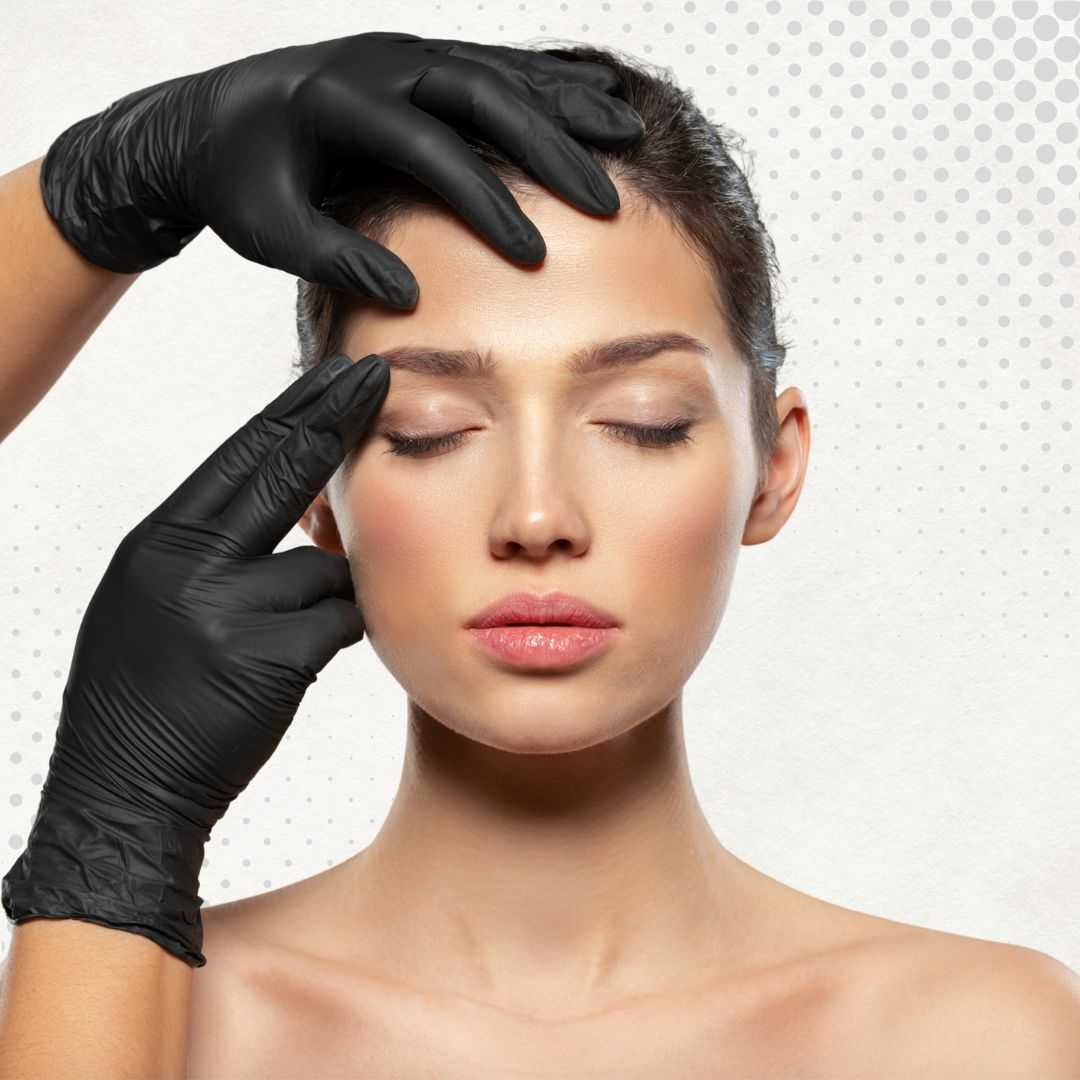
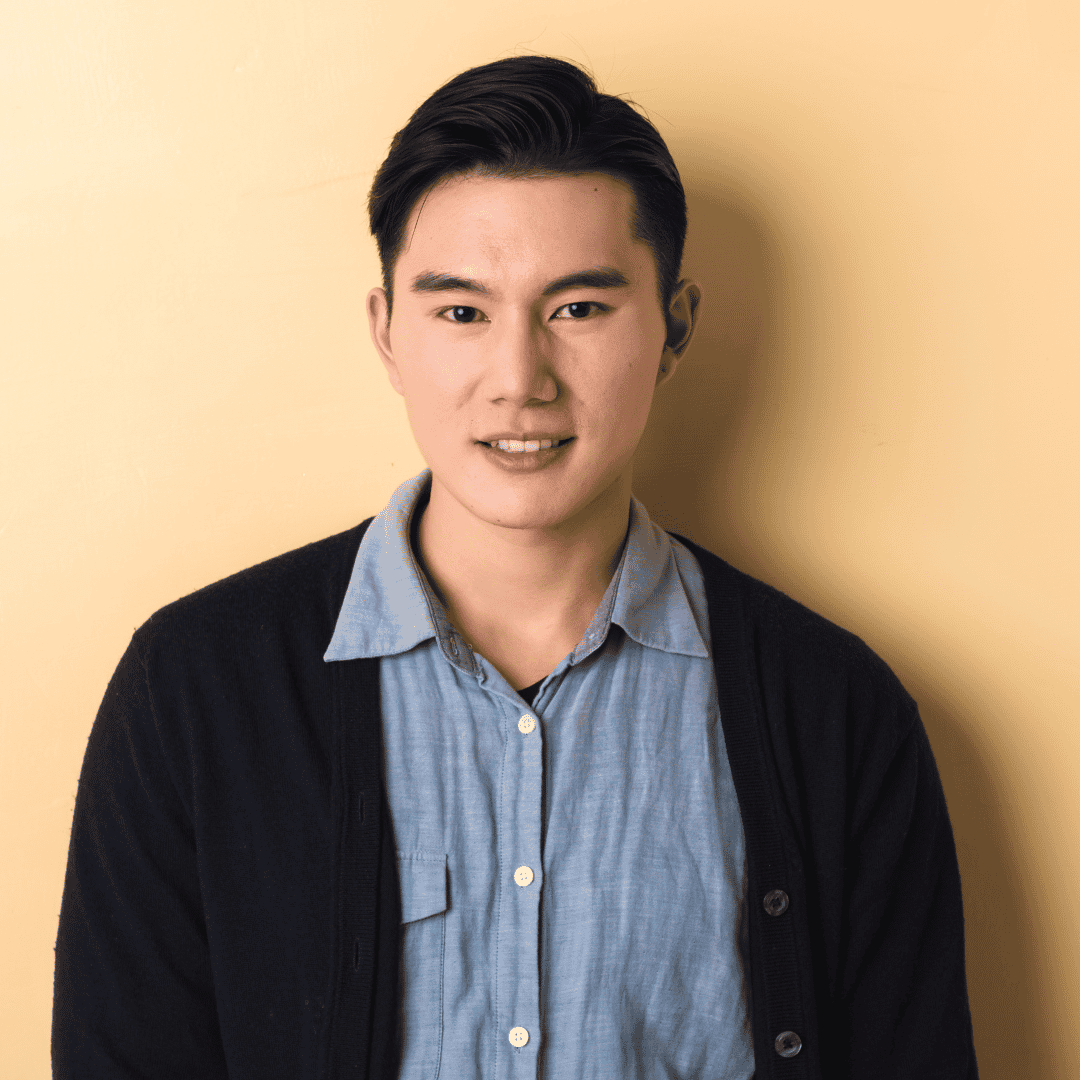



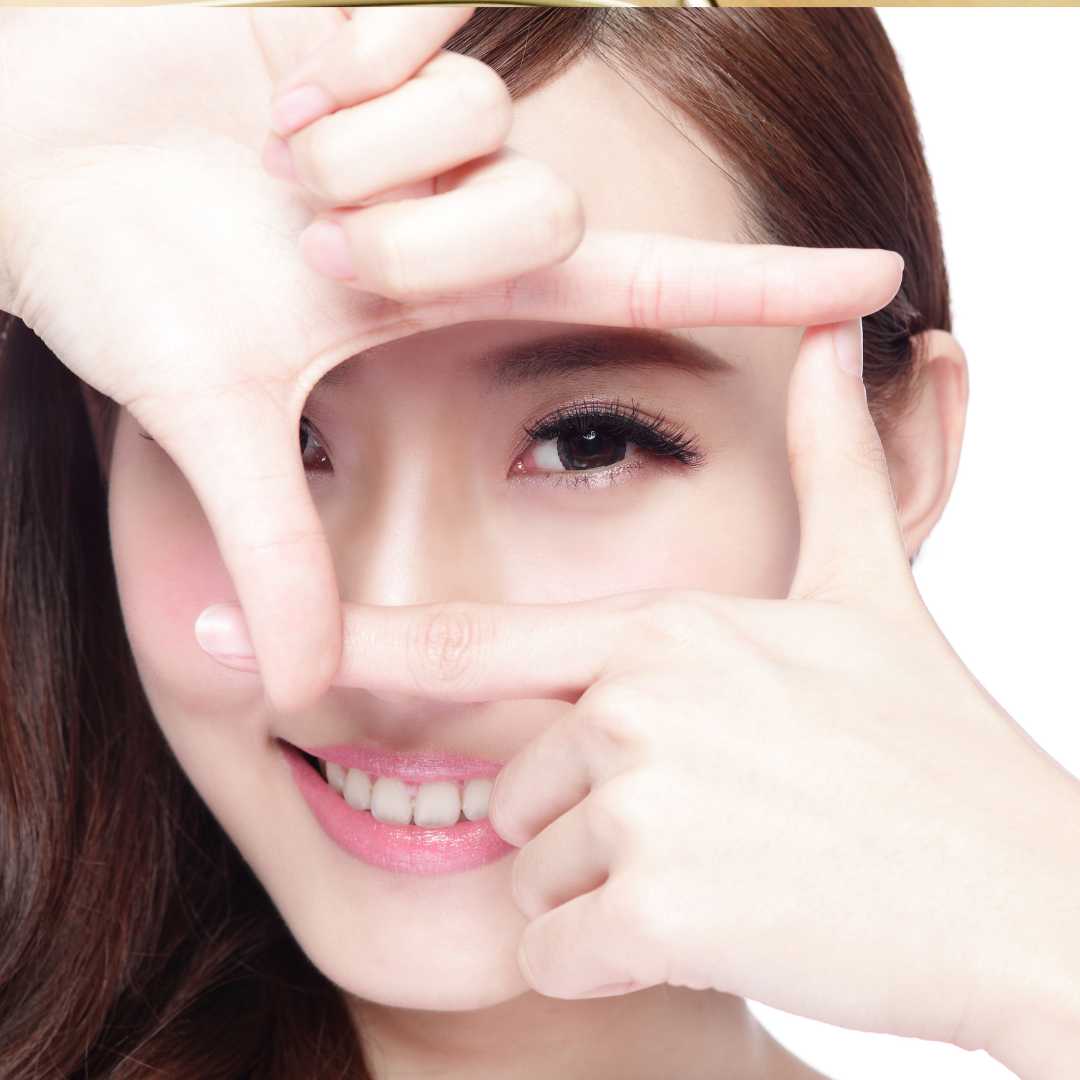

.png)
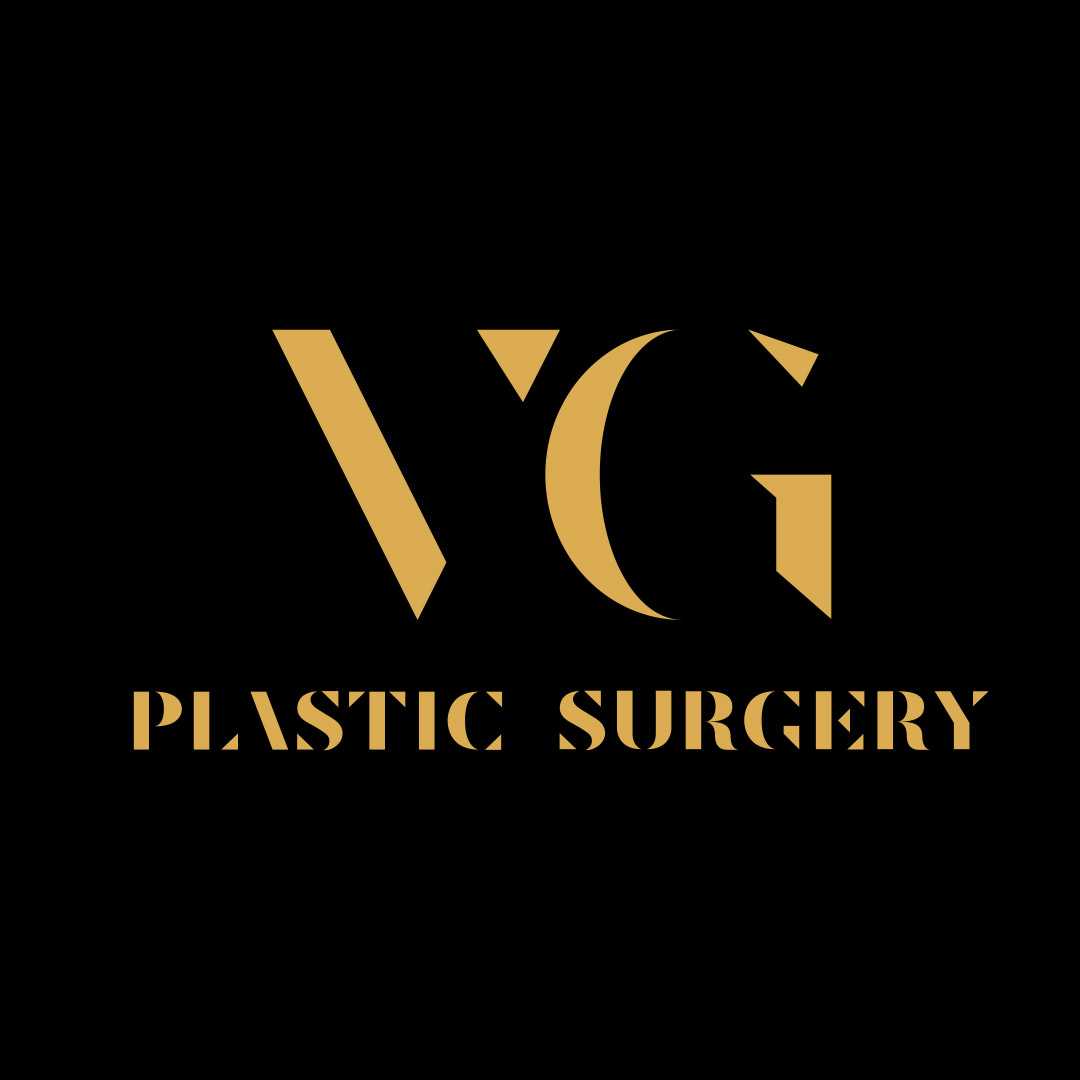

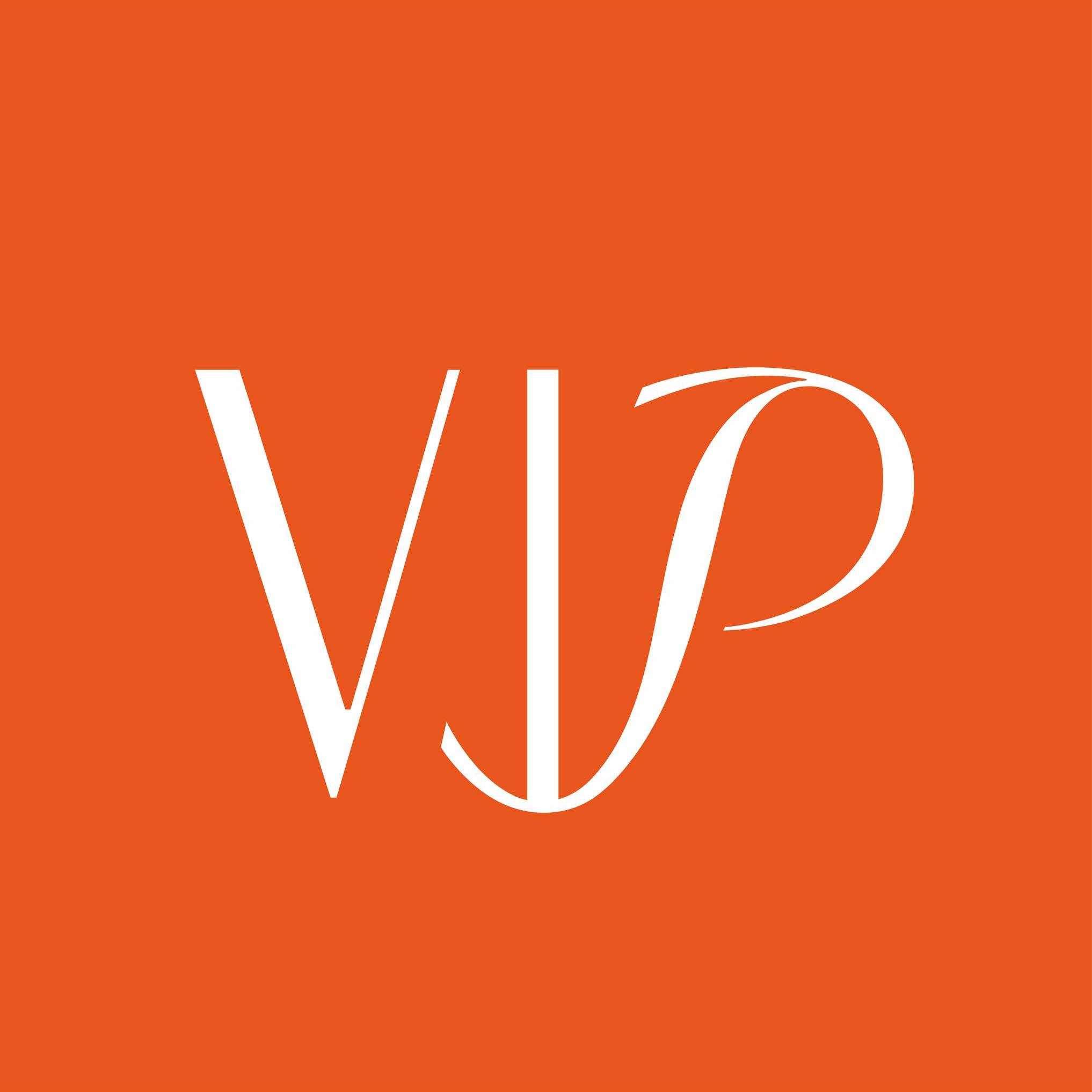

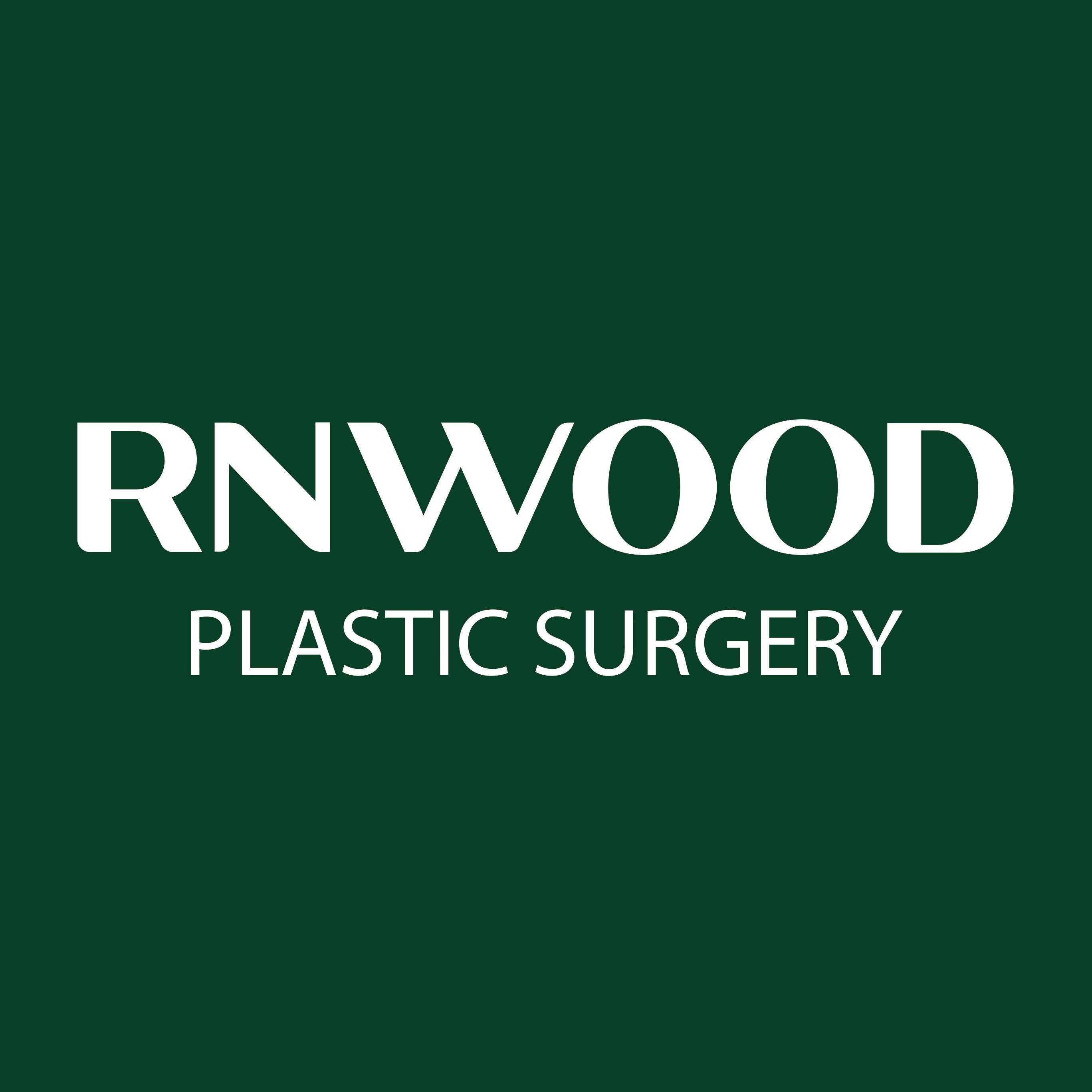

Share this listing